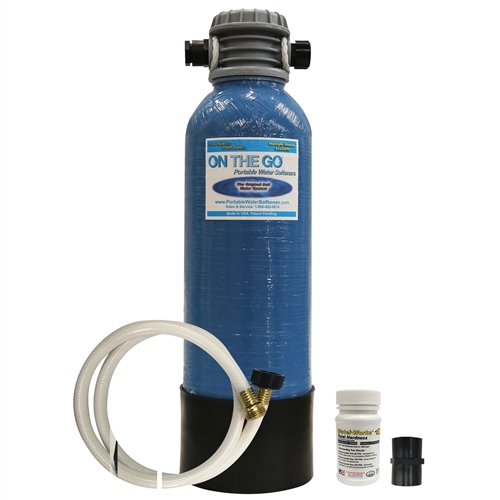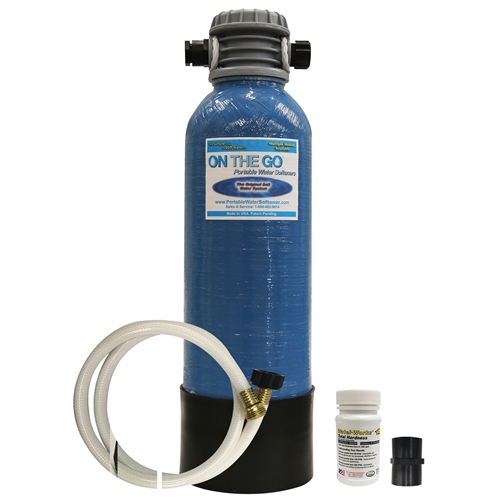Answer
May 10, 2024 - 05:44 AM
The On The Go OTG4-StdSoft Portable Standard RV Water Softener operates optimally when the post-regeneration rinsing process is performed thoroughly. This stage is critical in removing any residual salt that may linger within the resin bed, which is the component responsible for purging hardness ions like calcium and magnesium from the water. If the rinsing process is not done correctly, you may experience salty-tasting water and potential damage to your RV's plumbing system. Additionally, proper rinsing ensures the resin bed is fully hydrated, which is essential for efficient ion exchange and the overall effectiveness of the softener. Therefore, always follow the manufacturer's rinsing instructions strictly, ensuring the water runs clear and free of salt before use. The correct maintenance procedure ensures you enjoy the benefits of softened water without any associated drawbacks. If your On The Go OTG4-StdSoft Portable Standard RV Water Softener is not lasting as long as expected, it could be due to a few reasons such as high hardness levels in your water, incorrect regeneration process, presence of sediment in the water, degradation of resin beads, or mechanical issues with the softener. Firstly, if the water in your area is very hard, it can deplete the softener’s capacity more quickly than anticipated, necessitating more frequent regeneration cycles. Secondly, ensure that you are following the correct regeneration process as outlined by the manufacturer. Using the right amount of salt and proper rinsing is crucial for the softener to work effectively. Thirdly, if there is a significant amount of sediment in the water, it can clog the softener and reduce its efficiency. A pre-filter might be necessary to remove larger particles before they reach the softener. Fourthly, the resin beads that soften the water can degrade or become coated with iron or other minerals, reducing their effectiveness. This can occur faster if the water has high iron content or other fouling agents. Lastly, there might be mechanical issues with the softener. Look for any signs of leaks or malfunctions that could affect its performance. In conclusion, you can take several steps to address these potential issues. These include testing your water using a water test kit, performing a maintenance check on your water softener, consulting the manufacturer if the softener is still under warranty, and seeking professional advice from a local RV service center or a water treatment specialist. They can provide insights specific to your region’s water quality and offer suitable solutions.





Add New Comment